Mulberry Tree Care – Learn How To Grow Mulberry Trees
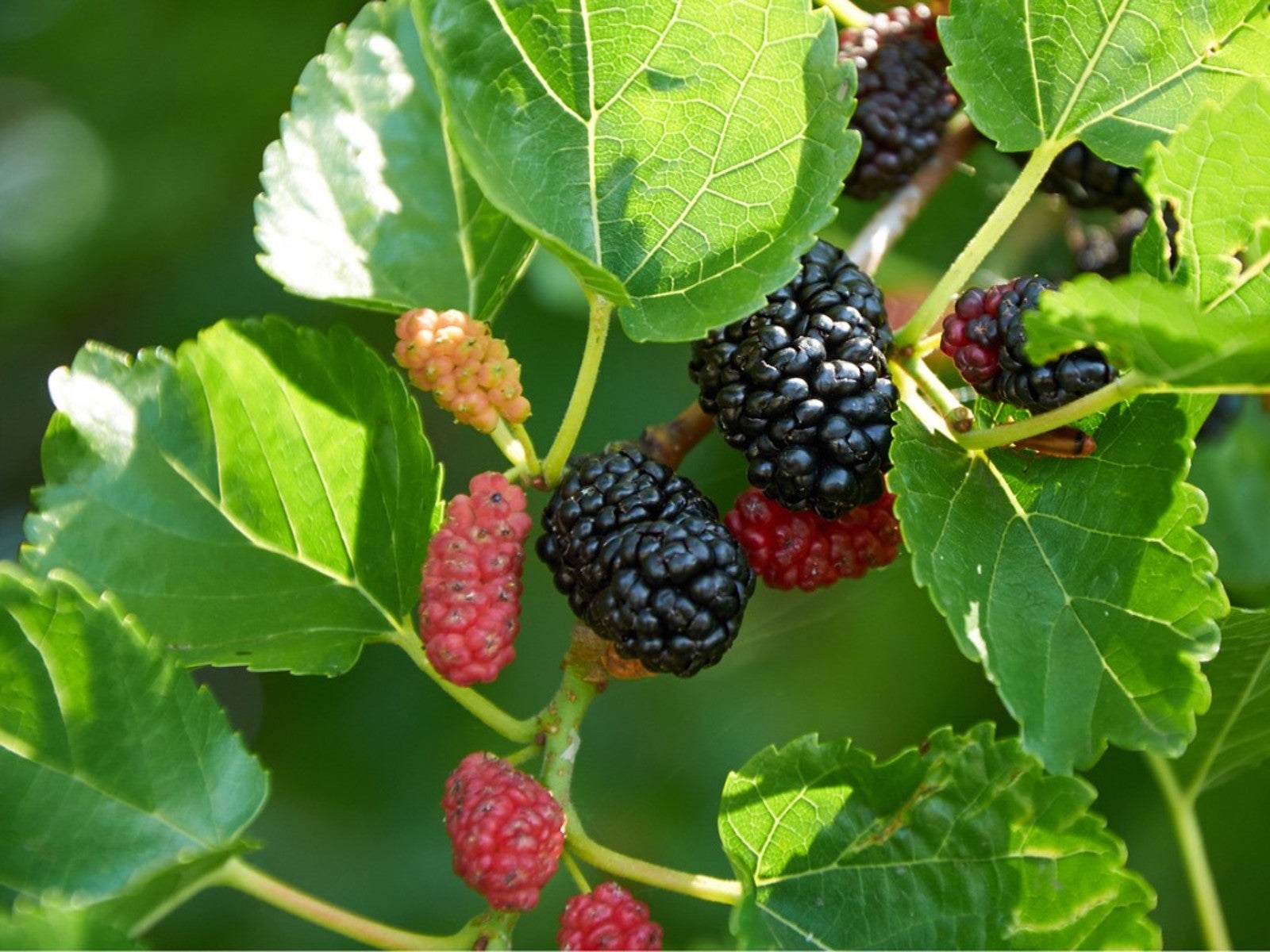
Mulberry trees (Morus spp.) enjoyed popularity in years past as ornamental shade trees, as well as for their plentiful edible fruit. Both mulberry tree leaves and the edible berries of mulberry trees have long been used by native people of eastern North America. The delicious fruit is too difficult to harvest and delicate to stock at the grocery store, so devotees are trying their hands at growing mulberry trees.
Mulberries have a subtle but sweet flavor, and can be eaten raw or made into luscious jams, jellies, pies, and wine. Interested in learning about how to grow mulberry trees? Read all about growing mulberry fruit trees and mulberry tree care.
Quick Facts about Mulberry Trees
- Botanical name: Morus spp.
- Height: 30-40 feet (4-14 m)
- Spread: 25-35 feet (8-11 m)
- Sun exposure: sun to shade
- Soil requirements: well-drained, moist, loamy
- Hardiness zones: 5-10
- When to plant: spring
Mulberry Tree Description
Red mulberry is a deciduous tree with a width that is almost equal to its height. Across the globe, there are only 10 species of mulberry. Red mulberry is native to the eastern United States while the black and white mulberry has naturalized in some areas of the U.S. after being brought to the New World for silk production.
Mature trees reach a height of 30-40 feet (4-14 m) and 25-35 feet (8-11 m) across. Red mulberries have a short trunk upon which spreading branches form a crowned habit. The leaves of red mulberry tree are alternate, pointed, broadly oval with serrated margins. The unique leaves vary and may have no lobes, two, three or multiple lobes. Generally a tree has multiple shapes, rarely a single leaf shape.
Red mulberry flowers in the early spring with both male and female blooms on the same plant or male and female on separate plants. The resulting fruit looks much akin to a long blackberry and is dark purple/red, sweet, and about 1-1 ½ inches (2.5-4 cm) in length. Unripe fruit is mildly toxic, mostly inflicting stomach upset and hallucinations.
The fruit attracts many types of birds, raccoons and squirrels. The tree is also a larval host for the Mourning Cloak butterfly and possibly the host plant for Admiral butterflies.
The bark is light orange and smooth becoming brown and furrowed as the tree matures. Unlike most trees, the sap of the mulberry is milky and somewhat toxic.
Gardening tips, videos, info and more delivered right to your inbox!
Sign up for the Gardening Know How newsletter today and receive a free copy of our e-book "How to Grow Delicious Tomatoes".
Growing Mulberry Fruit Trees
While people love mulberry fruit, birds also love the berries, and the tree is a beacon that attracts dozens of, ahem, messy guests. The tree also has an unwelcome habit of becoming invasive. Unfortunately, this brought the growing of mulberry fruit trees to a screeching halt in any but the most rural areas.
Mulberry trees do have redeeming qualities, though, and one of the most outstanding is the minimal care they require. Before we learn about how to care for mulberry trees, here’s a brief synopsis of the three types of mulberry trees most commonly grown.
- Black mulberry (Morus nigra) – The most flavorful berries come from the black mulberry. Black mulberry trees are native to western Asia and are only adaptable to USDA zone 6 and warmer.
- Red mulberry (Morus rubra) – Hardier than black mulberries, red mulberries are native to North America where they thrive in deep, rich soils found along bottomlands and streams.
- White mulberry (Morus alba tatarica) – White mulberries were imported from China, introduced into colonial America for silkworm production. White mulberry trees have since naturalized and hybridized with the native red mulberry.
How to Grow Mulberry Trees
Mulberry trees bear small, unremarkable blooms that become plentiful fruits that look much akin to a slender blackberry. The berries ripen in stages and drop from the tree as they mature. The trees are hardy to USDA zones 4/5 to 8 depending upon the variety. They prefer full sun and rich soil but will tolerate partial shade and a variety of soils. They are easy to transplant, salt tolerant, and perfect for erosion control, not to mention the delicious berries. Some cultivars are wind resistant and make wonderful windbreaks.
Deciduous trees, all three species attain various sizes. White mulberry can grow to 80 feet (24 m.), red mulberry around 70 feet (21 m.), and the smaller black mulberry may get to 30 feet (9 m.) in height. Black mulberries can live for hundreds of years, while red mulberry maxes out at 75 years of age.
Mulberry trees should be planted in full sun with no less than 15 feet (5 m.) between trees, ideally in warm, well-draining soil such as deep loam. Don’t plant them near a sidewalk unless you don’t mind the staining or the potential tracking in of squashed berries (of course, if this is a problem for you, there is a fruitless mulberry variety too!). Once the tree has established, there is very little additional mulberry tree care required.
Caution should be taken when planting red mulberry. Female trees are not ideal for use as a landscape plant due to the mess it creates from dropped fruit. Select a male tree or a cultivar such as ‘Tehama’ or ‘King White Pakistan’ which are known to fruit sparingly.
How to Care for a Mulberry Tree
Once established, mulberry trees are drought tolerant and somewhat wind resistant. They require very little maintenance.
Watering
There really isn’t too much to worry about with this hardy specimen. The trees are fairly drought-tolerant but will benefit from some irrigation during dry weather.
Fertilizing
Mulberries do well without additional fertilization, but a 10-10-10 application of slow-release fertilizer once per year will keep them healthy.
Problems
Mulberries have a tendency to self-sow. The resulting seedlings should be hand pulled. They are generally free from most pest and disease problems.
Pruning
Prune young mulberry trees into a tidy form by developing a set of main branches. Prune lateral branches to six leaves in July to facilitate the growth of spurs near the main limbs.
Do not prune heavily since mulberries are prone to bleeding at the cuts. Avoid cuts of more than 2 inches (5 cm), which will not heal. If you prune when the tree is in its dormancy, bleeding is less severe.
Thereafter, only judicious pruning is necessary, really only to remove dead or overcrowded branches.

Amy Grant has been gardening for 30 years and writing for 15. A professional chef and caterer, Amy's area of expertise is culinary gardening.
-
 What’s Wrong With Your Azaleas? Identify, Tackle And Prevent 6 Common Azalea Pests
What’s Wrong With Your Azaleas? Identify, Tackle And Prevent 6 Common Azalea PestsIf you’ve spotted signs of azalea leaf damage, don’t panic – here’s how to identify the most common azalea pests so you can take action swiftly and keep plants healthy
-
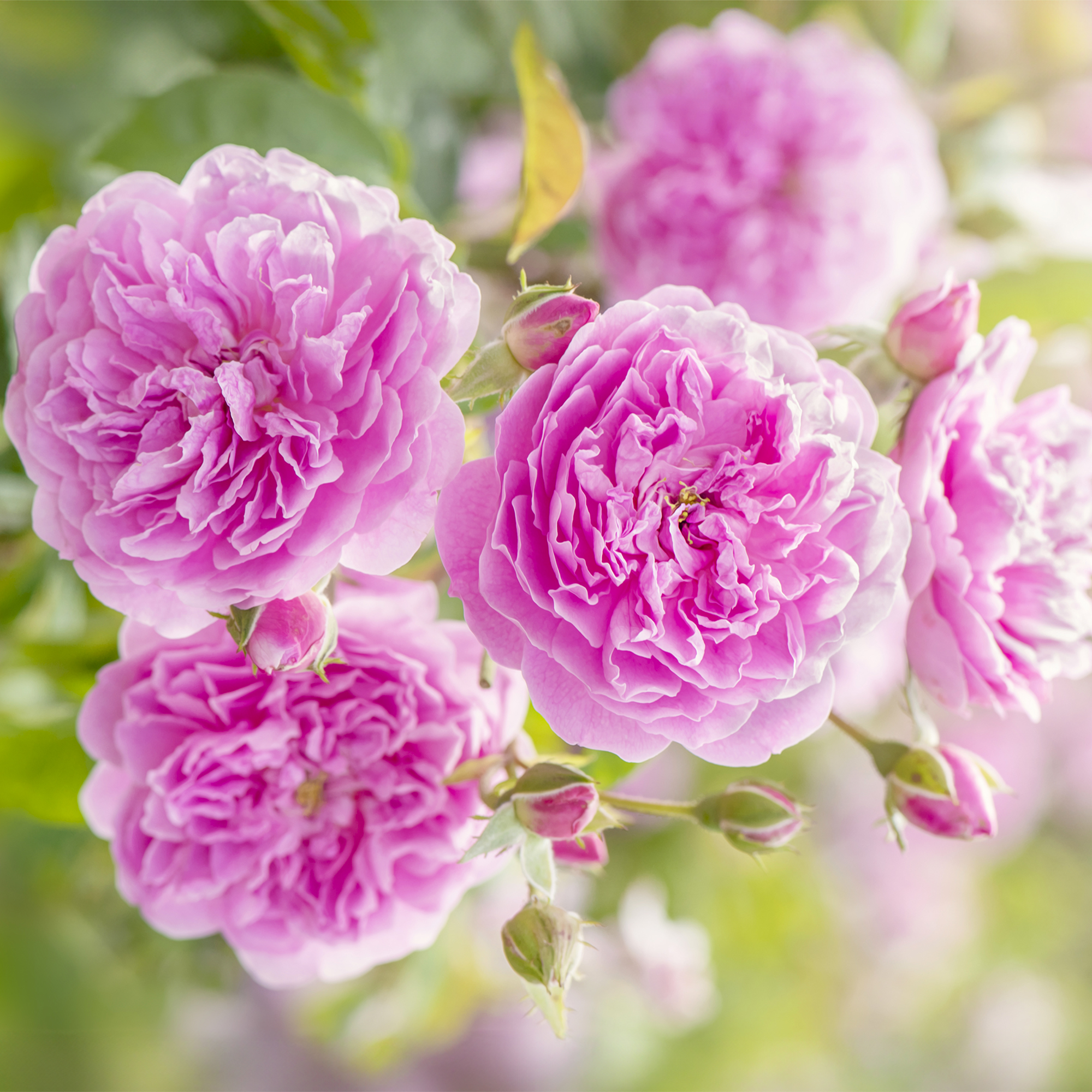 How Much Sun Do Roses Need To Grow? Understanding Rose Light Requirements
How Much Sun Do Roses Need To Grow? Understanding Rose Light RequirementsDiscover how much sunlight your roses really need to grow strong, bloom beautifully, and stay healthy all season long.
-
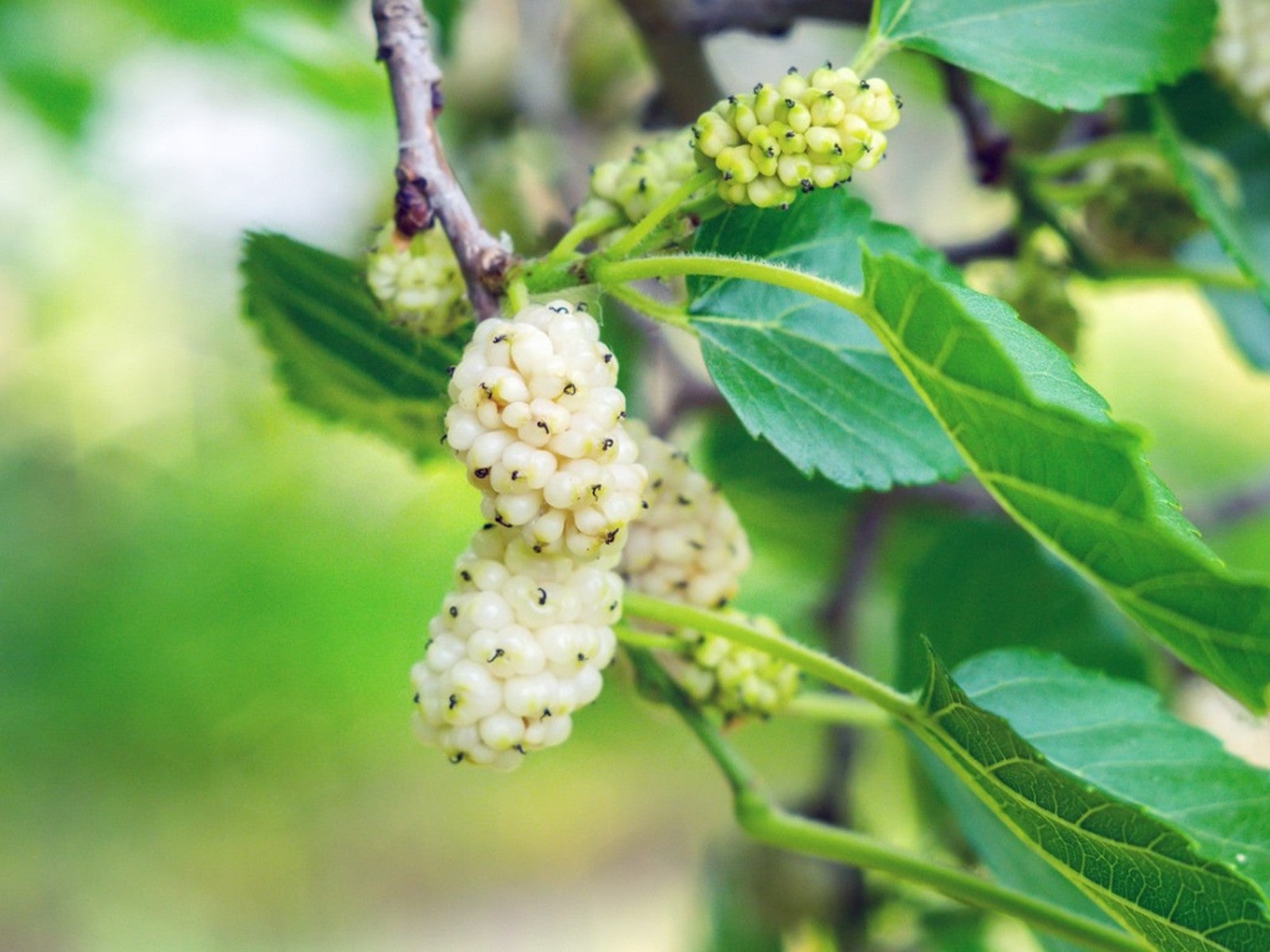 White Mulberry Info: Tips On Caring For White Mulberry Trees
White Mulberry Info: Tips On Caring For White Mulberry TreesIf you're not put off by their messy fruit, there are many types of mulberries to choose from for the landscape. This article will cover white mulberry trees, which may be fruiting or fruitless. Click here for more information on white mulberry care in the garden.
-
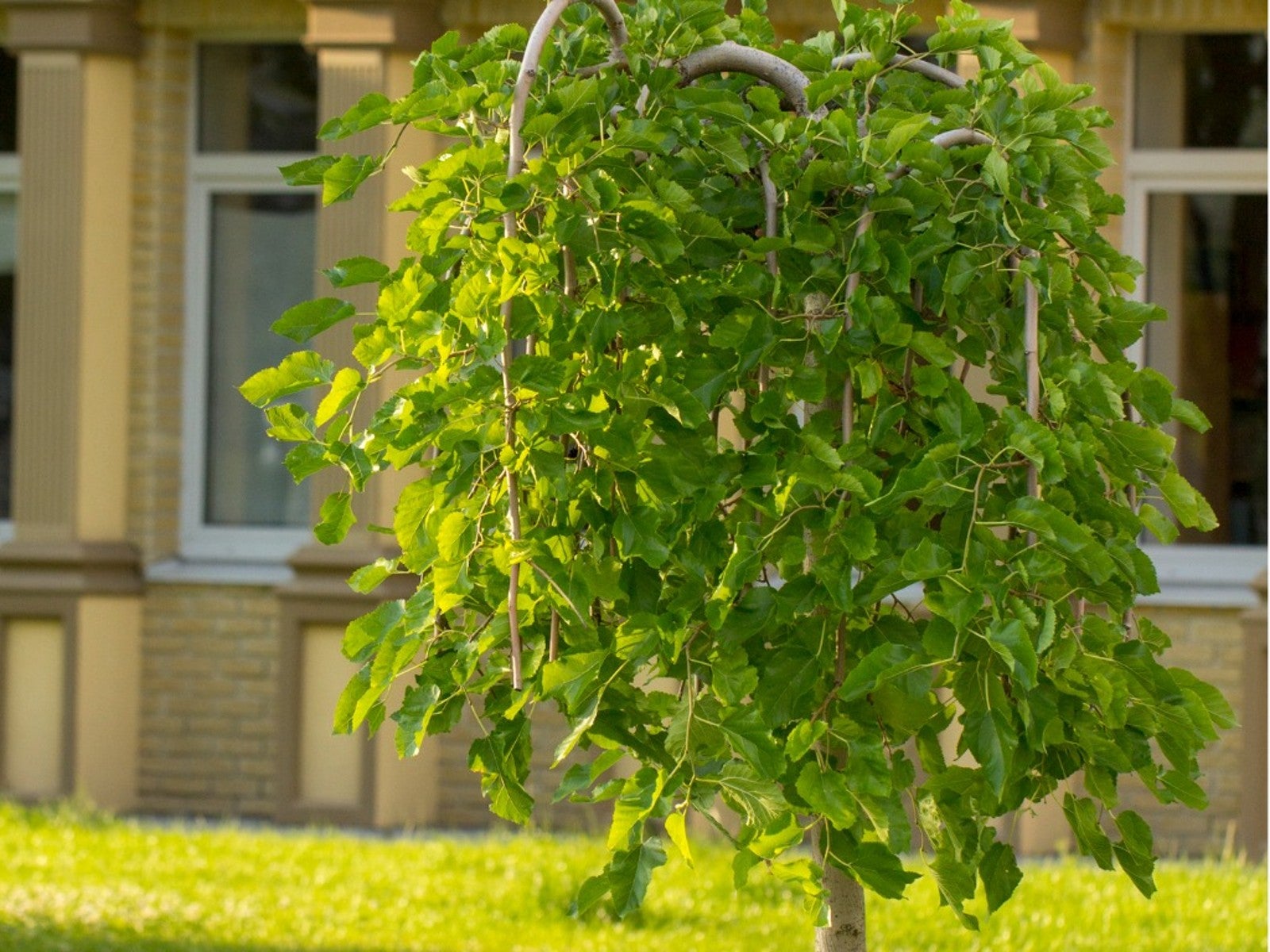 What Is A Weeping Mulberry: Learn About Weeping Mulberry Tree Care
What Is A Weeping Mulberry: Learn About Weeping Mulberry Tree CareOnce used to feed valuable silkworms, the weeping mulberry is a uniquely beautiful addition to any landscape, is easy to grow, and produces delicious berries.
-
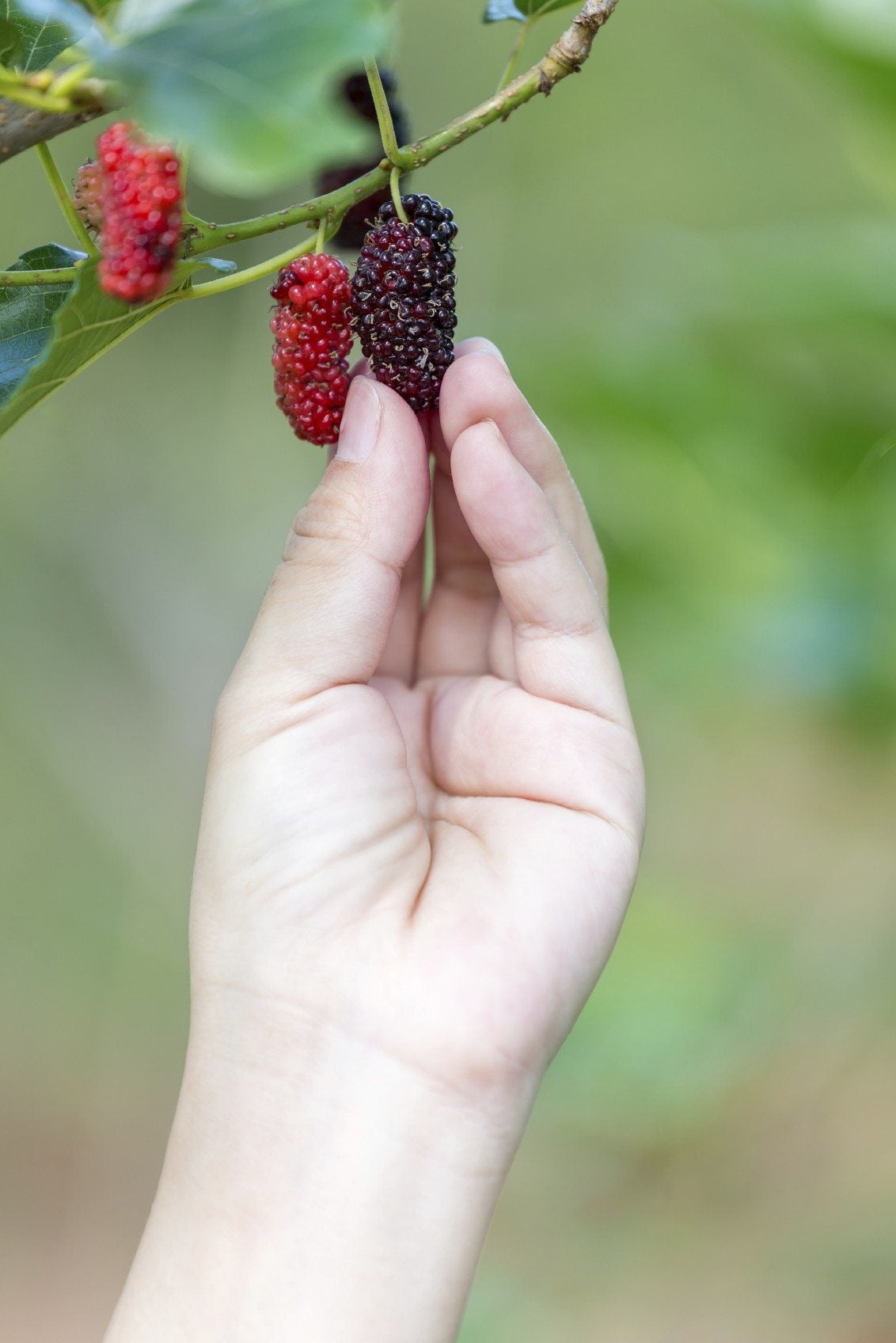 Mulberry Tree Harvest: Tips On How To Pick Mulberries
Mulberry Tree Harvest: Tips On How To Pick MulberriesIf you live in USDA zones 5-9, you can enjoy your very own mulberry tree harvest. The question is "When to pick mulberries?". This leads to a follow-up question about how to pick mulberries. Learn the answers to both questions in this article.
-
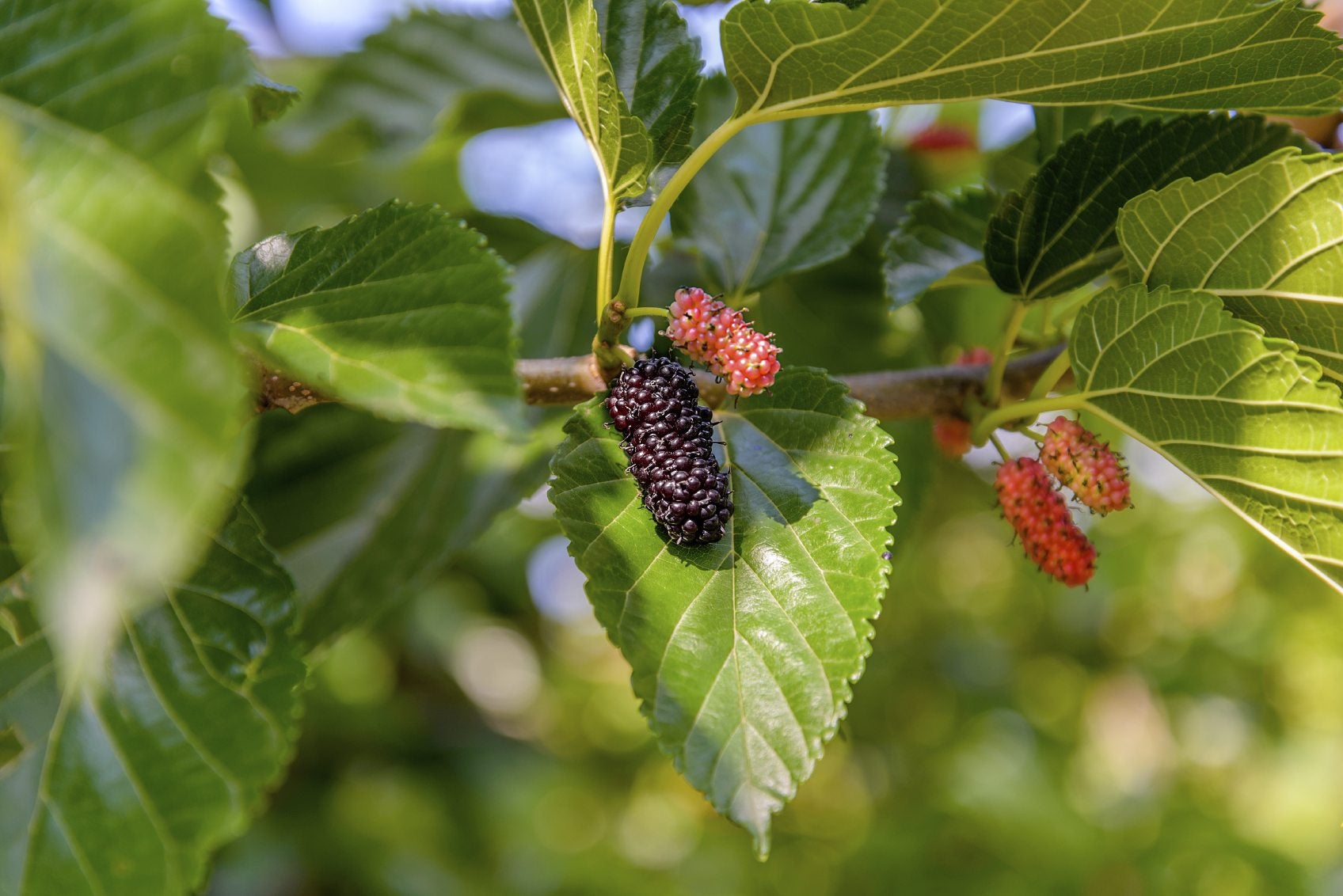 Dwarf Mulberry Tree Facts: How To Grow A Mulberry Tree In A Pot
Dwarf Mulberry Tree Facts: How To Grow A Mulberry Tree In A PotMulberries are easy to grow, abundant, and fast growing, which makes them perfect for containers. If you're interested in growing mulberries in containers, click this article to find out how to grow a mulberry tree in a pot and other dwarf mulberry tree facts.
-
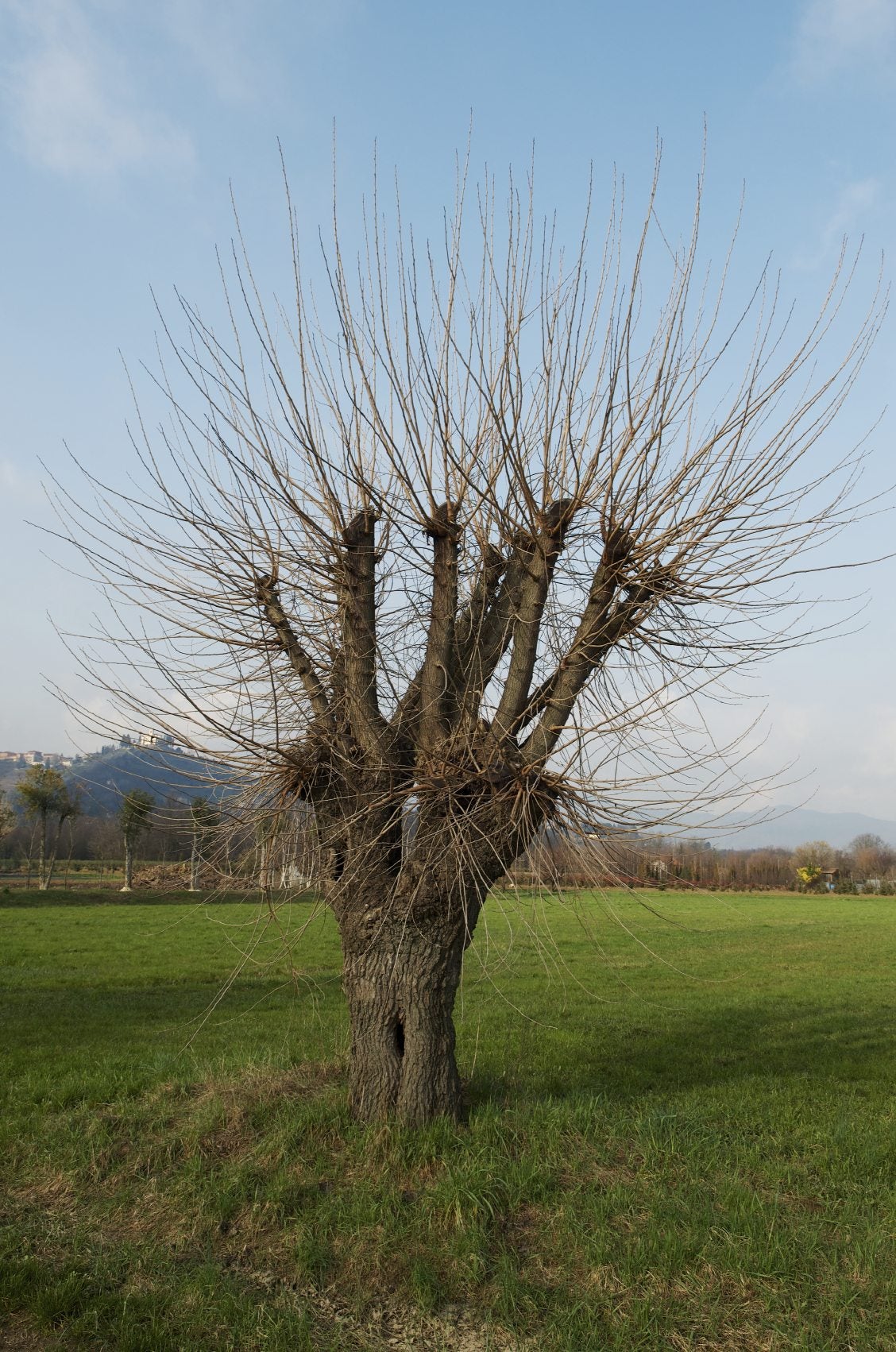 Mulberry Trimming – Learn When And How To Prune A Mulberry Tree
Mulberry Trimming – Learn When And How To Prune A Mulberry TreeMulberry trees can reach 30'-70' depending on the species. They are fantastic shade trees. Due to their quick growth, pruning mulberry trees is often necessary. The information found in this article can help get you started with mulberry trimming.
-
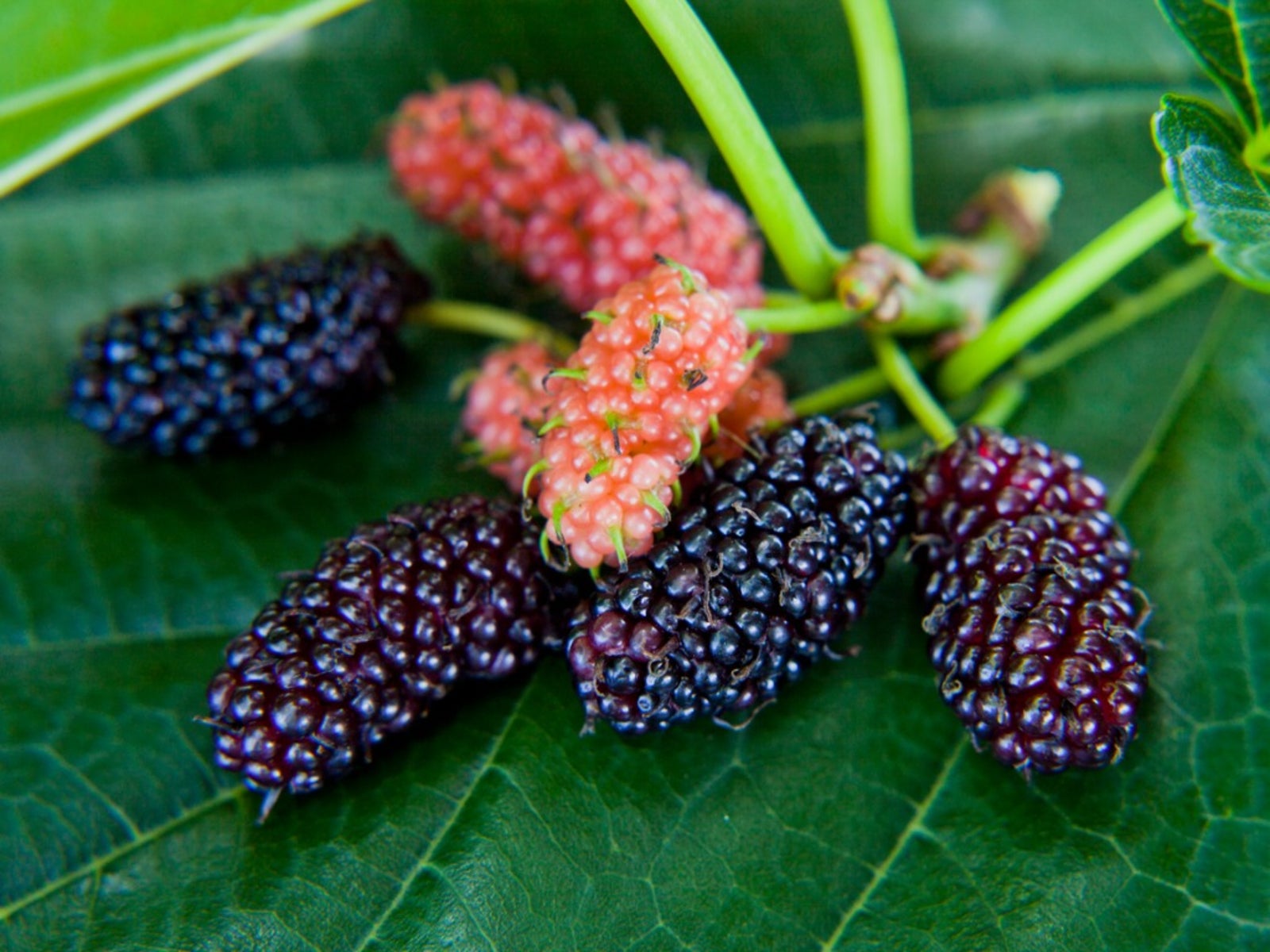 Mulberry Fruit Drop: Reasons For A Mulberry Tree Dropping Fruit
Mulberry Fruit Drop: Reasons For A Mulberry Tree Dropping FruitFruit drop in mulberry trees is very common. These heavy bearers are prone to heavy mulberry fruit drop and can create quite a mess. Learn more about what causes this in the following article. Click here.
-
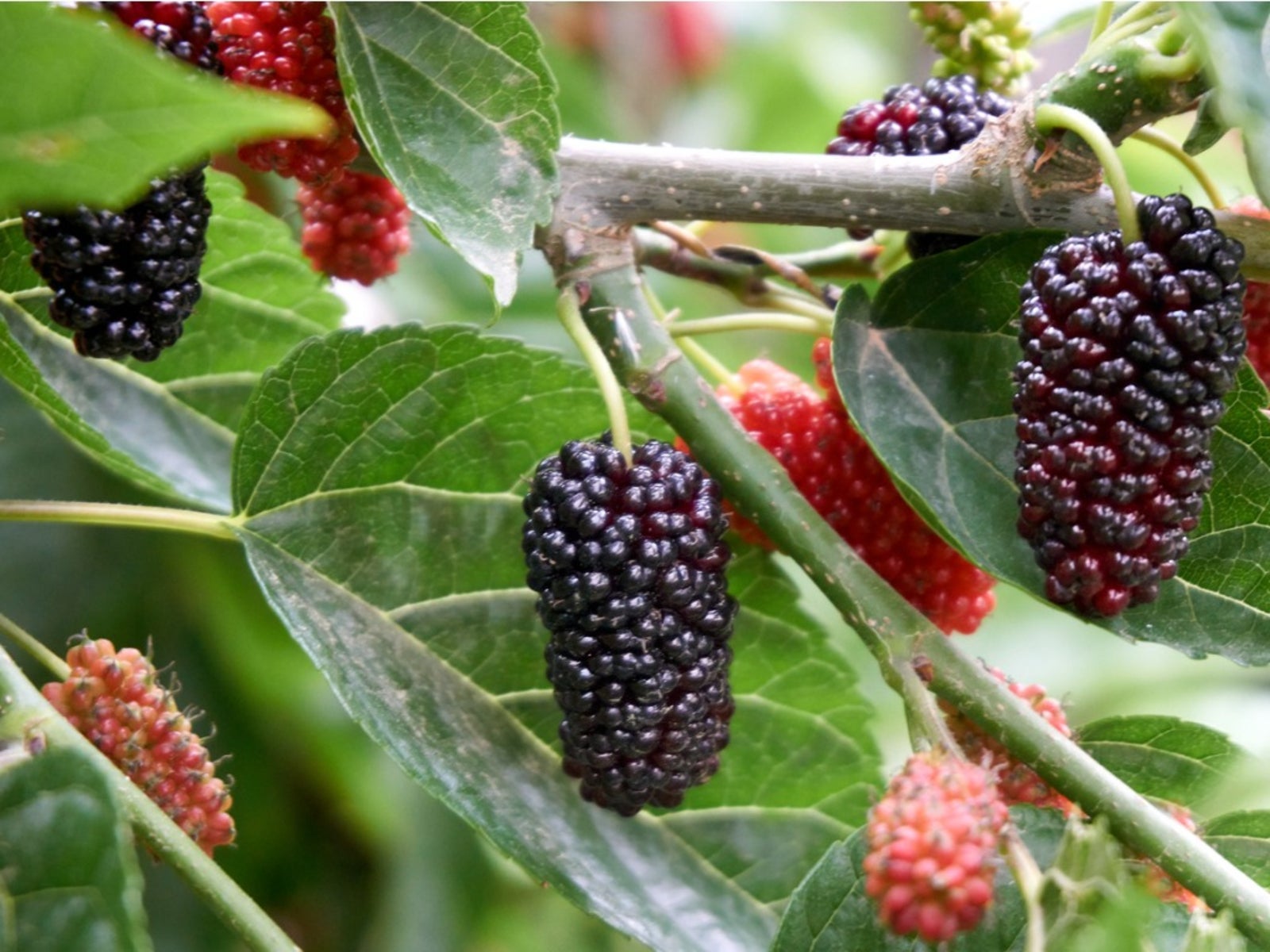 Mulberry Fruit Tree Sterilization: How To Stop A Mulberry From Fruiting
Mulberry Fruit Tree Sterilization: How To Stop A Mulberry From FruitingIf you have a mulberry that fruits, you may be well aware of the mess the fruit can create. Wondering how to stop a mulberry from fruiting, however, can be explained here.
-
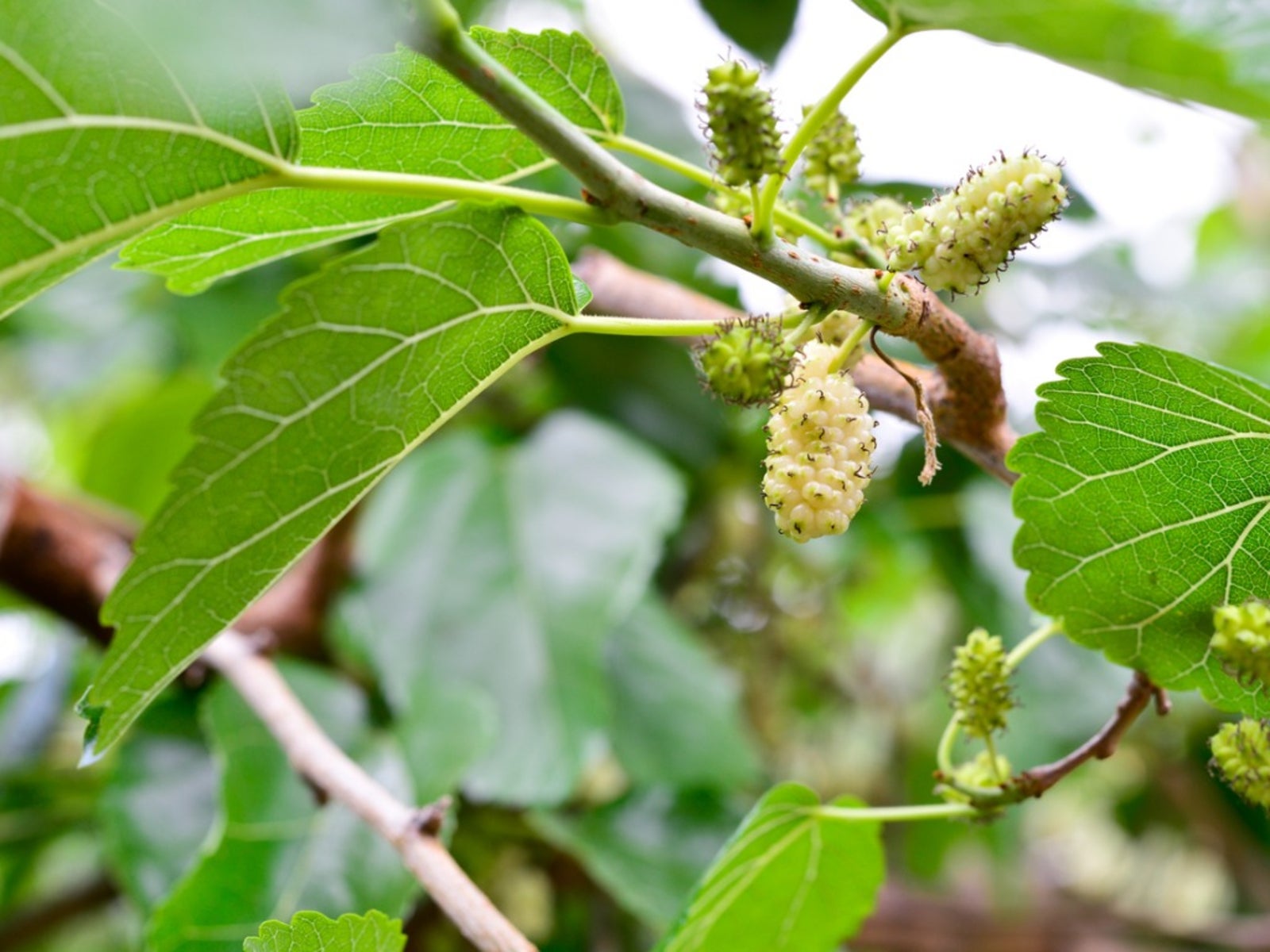 Corkscrew Mulberries: Care Of Contorted Mulberry Trees
Corkscrew Mulberries: Care Of Contorted Mulberry TreesOriginating in Japan, contorted mulberry trees (Morus alba) thrive in zones 5 through 9. This tree is also known as a contorted "Unryu" mulberry and you can learn more about it in this article.